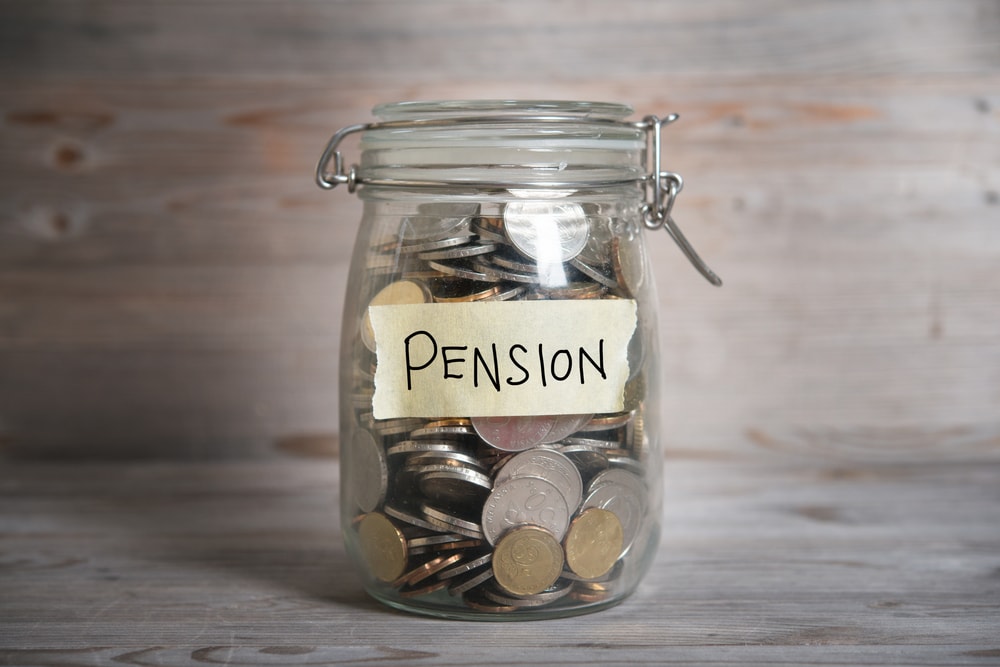As the world marks another International Women's Day (IWD), many organisations have renewed focus on the issues facing women, with a mass of research published demonstrating the devastating gender pay gap and gender pensions gap.
The issues driving these gaps are often no fault of individuals themselves, with research published by PensionBee for IWD revealing that the increased cost of living facing women through the so-called ‘pink tax’ is a key barrier for many.
Yet recent research also suggested that many savers, particularly men, are continuing to underestimate the barriers facing women in their long-term saving journey, so it is crucial that the industry continues to work to raise awareness of this issue, and to address it.
Barriers are clearly an issue, however, as research from HSBC UK has revealed that more than half (56 per cent) of women over 35 have saved less than £1,000 for retirement, and one in four women over the age of 35 have yet to save anything towards retirement.
And this is a crucial point in women’s working lives, as analysis from Aviva has revealed that it is at age 35 that the gender pensions gap begins to widen “significantly”, highlighting this as suggestion of “a clear line in the sand around the age that women are often making milestone career and childcare decisions".
The research found that the gap between men and women’s pension contributions for 35 to 39 year olds is 18 per cent, increasing to 23 per cent for 40-44 year olds and 29 per cent for 45-49 year olds, before stretching up to 35 per cent for 50 to 54 year olds.
Given this ongoing gap, it is perhaps unsurprising that research from Barnett Waddingham has revealed that more than a quarter (27 per cent) of women are relying solely on the state pension to fund their retirement, almost twice the proportion of men (15 per cent).
Indeed, Barnett Waddingham policy and strategy lead, Amanda Latham, sais that "there is now an insurmountable amount of research shining light on the stark gender pensions gap, which is of course driven by the gender pay gap".
"The UK pensions system is designed for a society which no longer exists; one where men went out to work and women stayed at home within a strictly nuclear family," she continued, emphasising that whilst the world has changed, financial services infrastructure has not.
“For IWD, it’s time to take the burden of solving this financial failure away from women," she added. "We need to consider fiscal, behavioural, and societal issues collectively, and work to create a more robust and inclusive pensions framework that offers fairer solutions for all.
“Policy makers must urgently prioritise reform, including reviewing the auto-enrolment rules to increase the minimum level contributions and remove the minimum earning requirement, change the state pension to better reflect career breaks, and move to a flat rate of pension tax relief."
Indeed, given the systemic issues underlying the gender pensions gap, many industry experts stressed that whilst there is a role for increased awareness and member contributions, action will be needed from policy makers to help close the pensions gap.
In particular, Latham suggests that couples should be able to pay into each other’s pension plans, a move to flat rate of pension tax relief, and a review of auto-enrolment and the state pension provision.
This is echoed by Aviva director of workplace savings and retirement, Emma Douglas, who suggests that the removal of the lower qualifying earnings threshold (LET) for auto-enrolment in particular could have the biggest impact, as women would get a contribution from the first pound they earn, and could be implemented without the need for legislation.
“We are calling on government to put a ‘roadmap’ in place now for how and when it will implement the removal of the LET," she continued.
"There is never a ‘perfect time’ to increase pension contributions, but a phased approach should help to ease any sudden financial impact on employers and employees. Employers and employees need time to plan. The clock is ticking and the longer it does, the less there will be in the pension pots of part-time working women.”
Adding to this, Hargreaves Lansdown senior pensions and retirement analyst, Helen Morrissey, argued that "being a woman comes at a heavy financial cost", stressing that not only are women disadvantaged by the gender pay gap, but may also have to take more time out of work for caring.
“Then when you finally get to a point where you might be able to start making a serious contribution to your long-term financial resilience menopause strikes and this can have an enormous impact on women’s ability to keep working," she adds.
In light of this, Morrissey echoed the calls for further action on auto enrolment reforms, as outlined in Richard Holden's private members bill and the 2017 Auto-enrolment Review, with industry experts also previously writing to the Chancellor to call for action on this issue.
However, Morrissey acknowledged that whilst changes to auto-enrolment will make a difference, they can’t solve the gender pension gap alone, suggesting that flexible working arrangements can offer further support.
Broader industry initiatives will also have a role to play, and progress is underway, as Now Pensions has confirmed that it is the latest signatory and partner for the BBC 50:50 equality project, making it first and only workplace pension provider to sign up for the initiative.
However, campaigns such as this should be receiving much broader industry support, and whilst there is much to do to support female savers, the industry will also need to remember to turn inwards, to consider its own diversity and inclusion progress.
This year’s theme for IWD is breaking the bias, with the campaign calling for a collective effort to break down bias and stereotypes that continue to hinder gender equality progress.
Indeed, whilst there is much that the individuals and organisations can do on their own, from working to improve their gender pay gap or raise awareness around gender inequalities, there is so much more to be achieved when these efforts are united.
Auto-enrolment may just be one area that could benefit from a collective push, but the impact for many savers could be huge if it were successful.
Latest News
-
FCA consults on plans to better support DC digital planning and transfers amid 'changing market'
-
FCA to consult on pension charge cap in Q2 2026
-
‘No let-up’ in regulatory activity for DB schemes amid heightened scrutiny
-
Keeping track of the latest pensions dashboards connections
-
Govt asked to provide update on SPA transition research
-
This week in pensions: 8-12 December
Private markets – a growing presence within UK DC
Laura Blows discusses the role of private market investment within DC schemes with Aviva Director of Investments, Maiyuresh Rajah
The DB pension landscape
Pensions Age speaks to BlackRock managing director and head of its DB relationship management team, Andrew Reid, about the DB pensions landscape
Podcast: From pension pot to flexible income for life

Podcast: Who matters most in pensions?

In the latest Pensions Age podcast, Francesca Fabrizi speaks to Capita Pension Solutions global practice leader & chief revenue officer, Stuart Heatley, about who matters most in pensions and how to best meet their needs
© 2019 Perspective Publishing Privacy & Cookies










Recent Stories